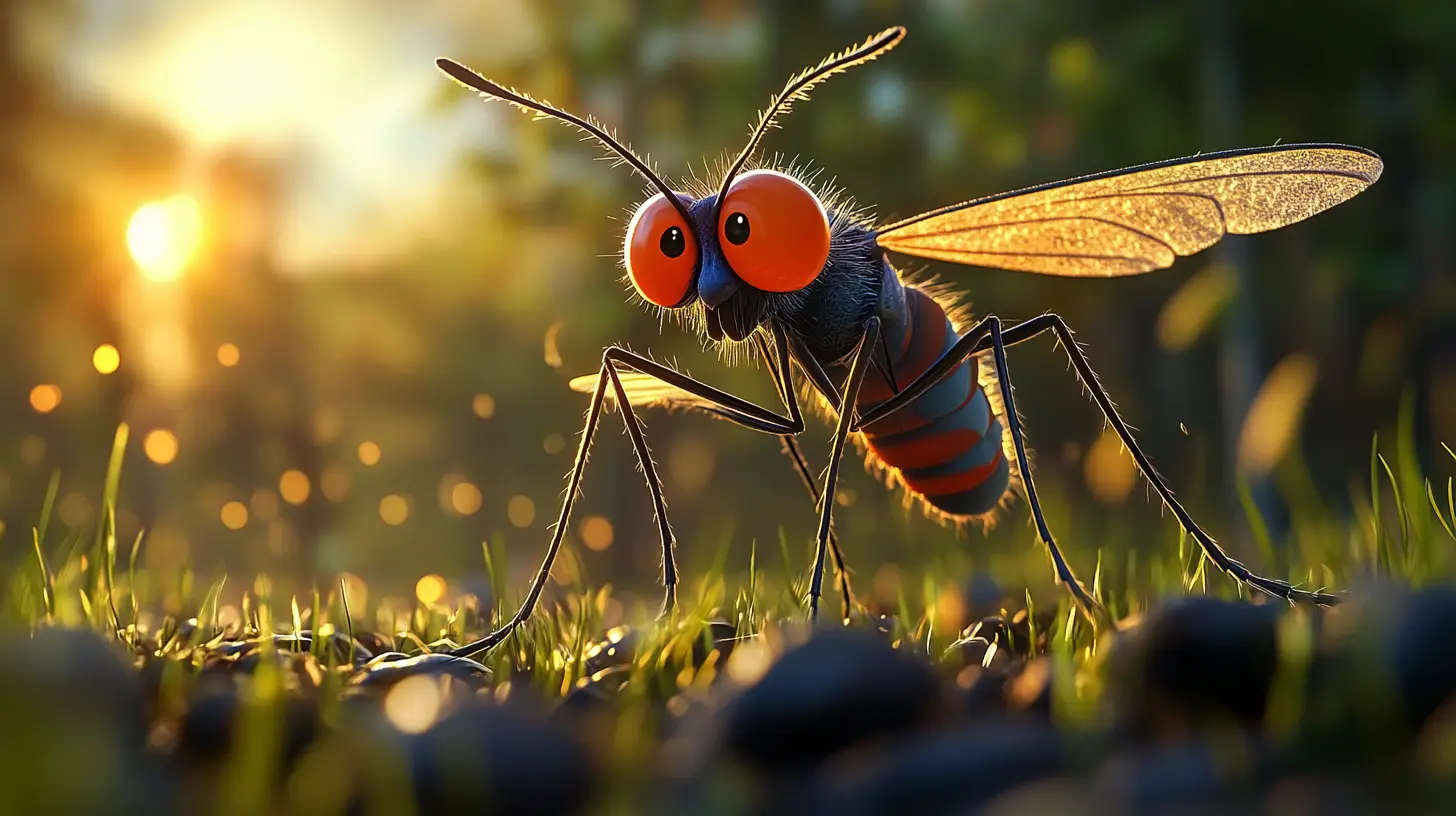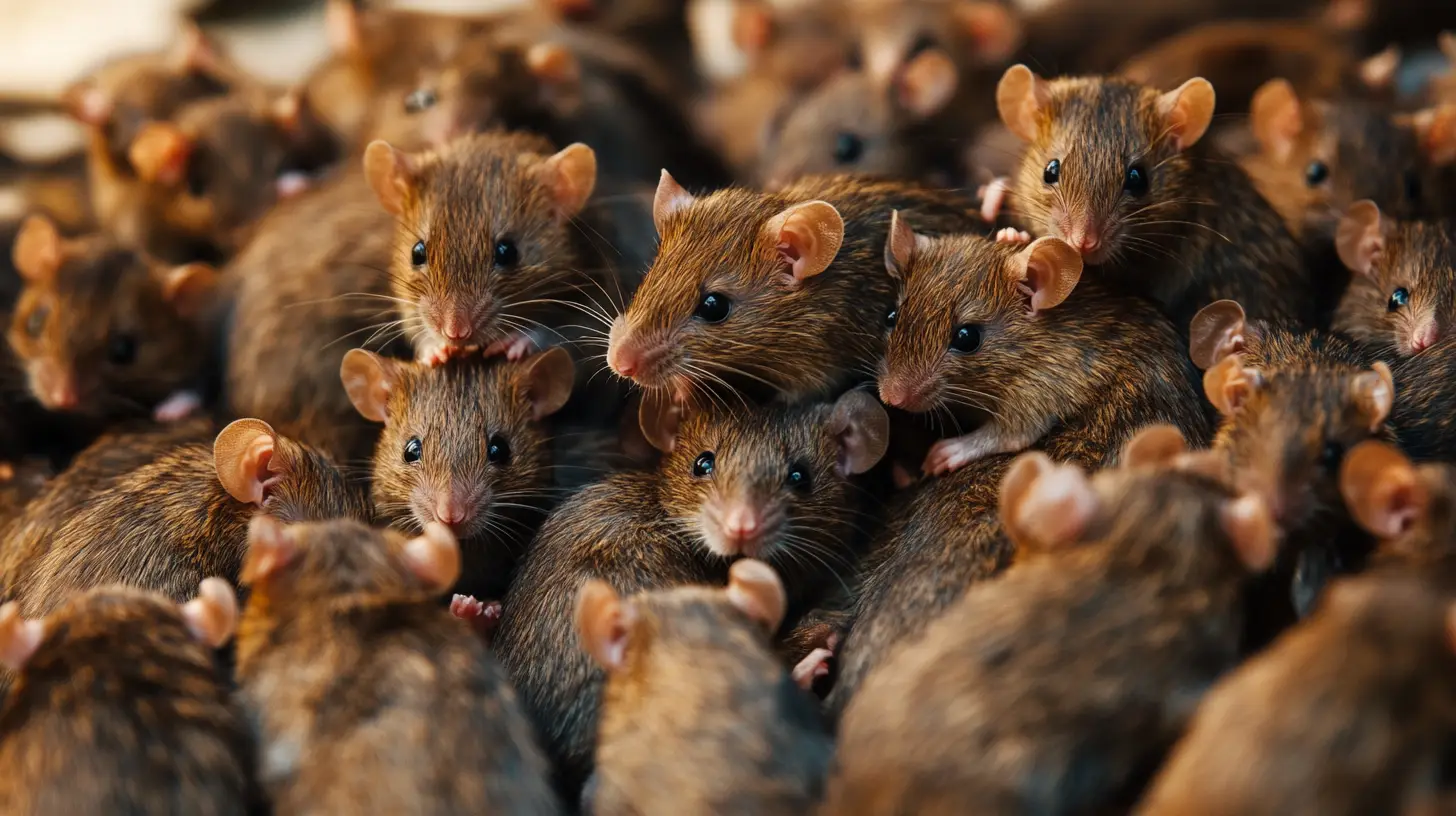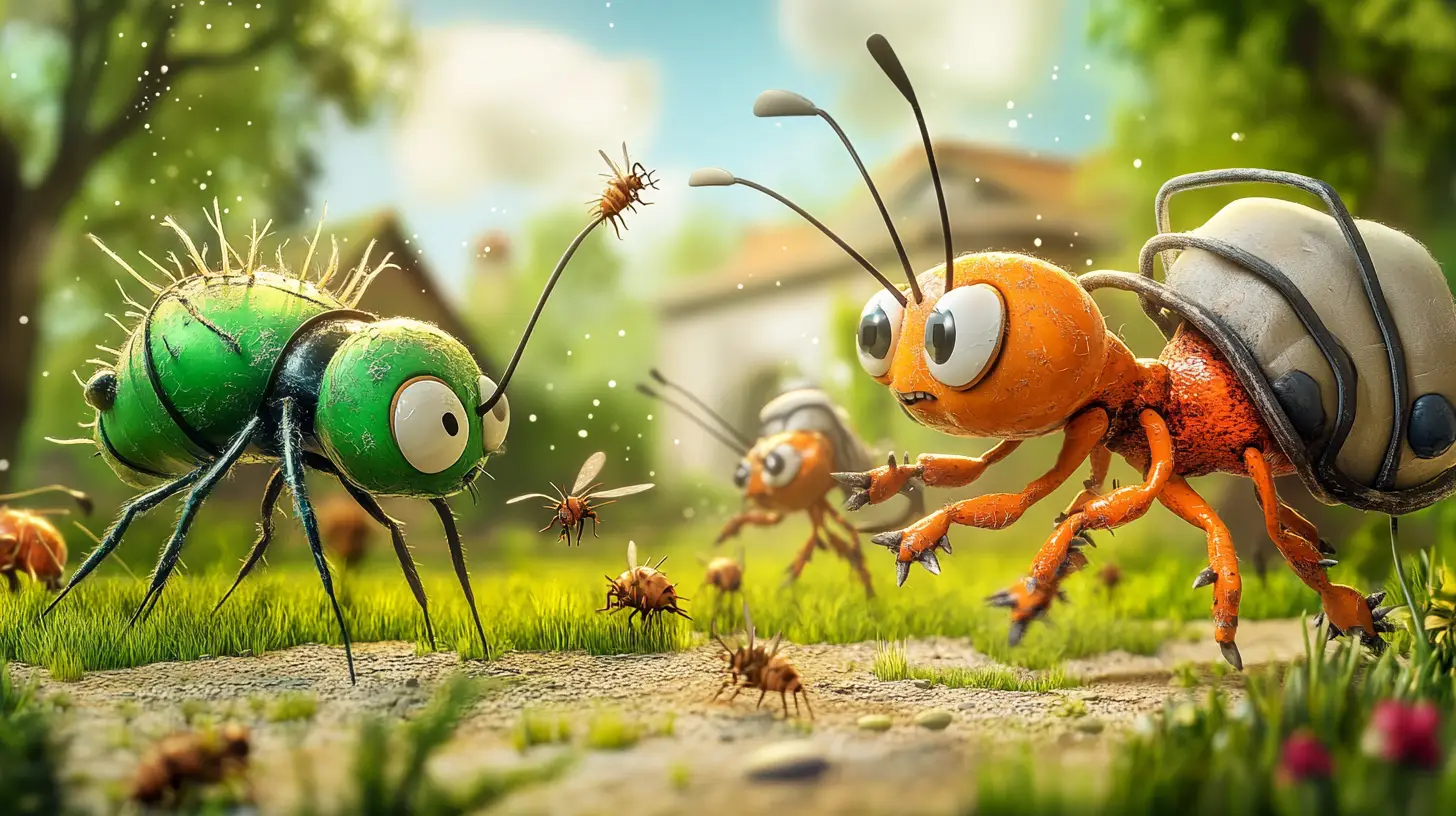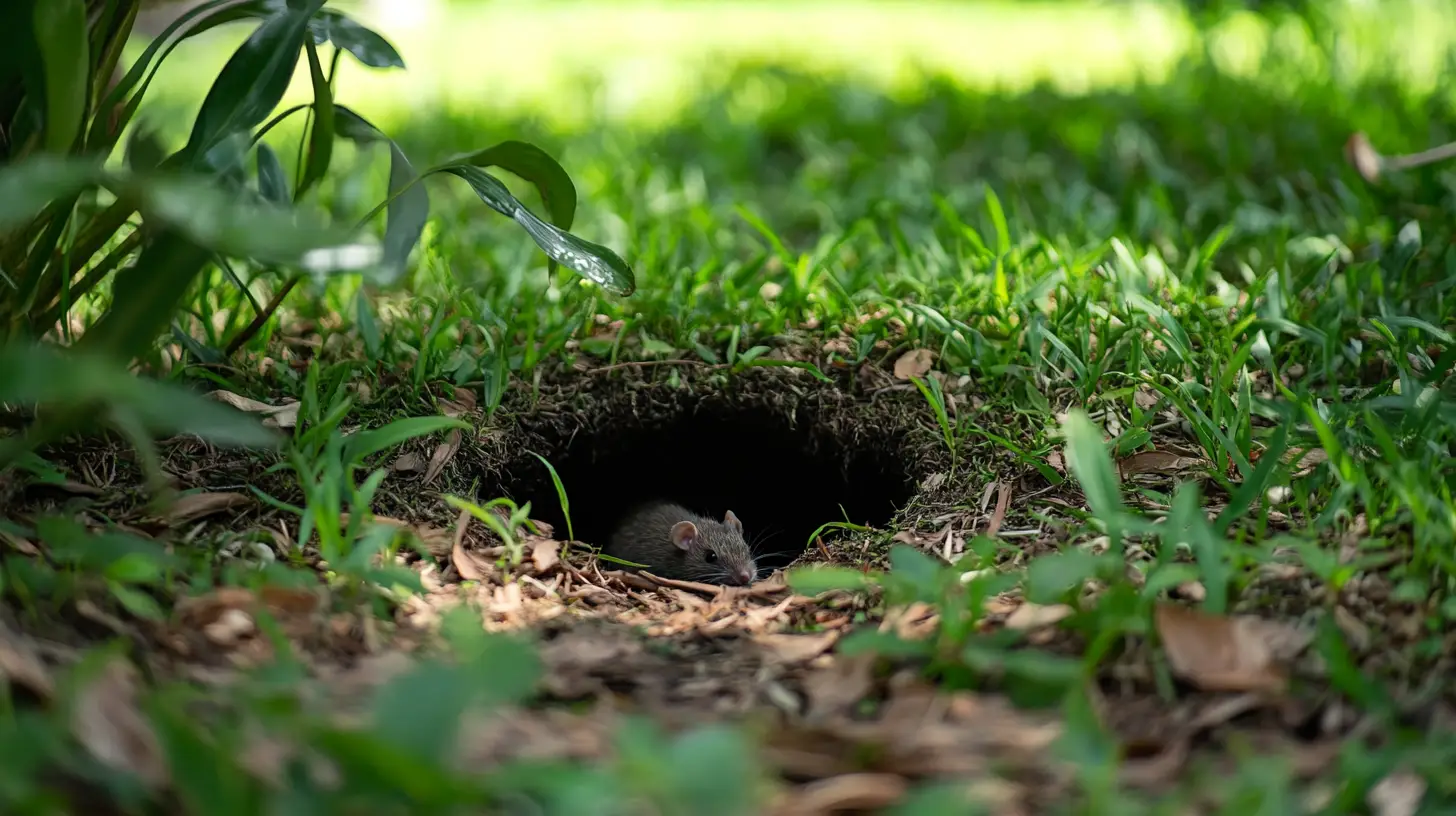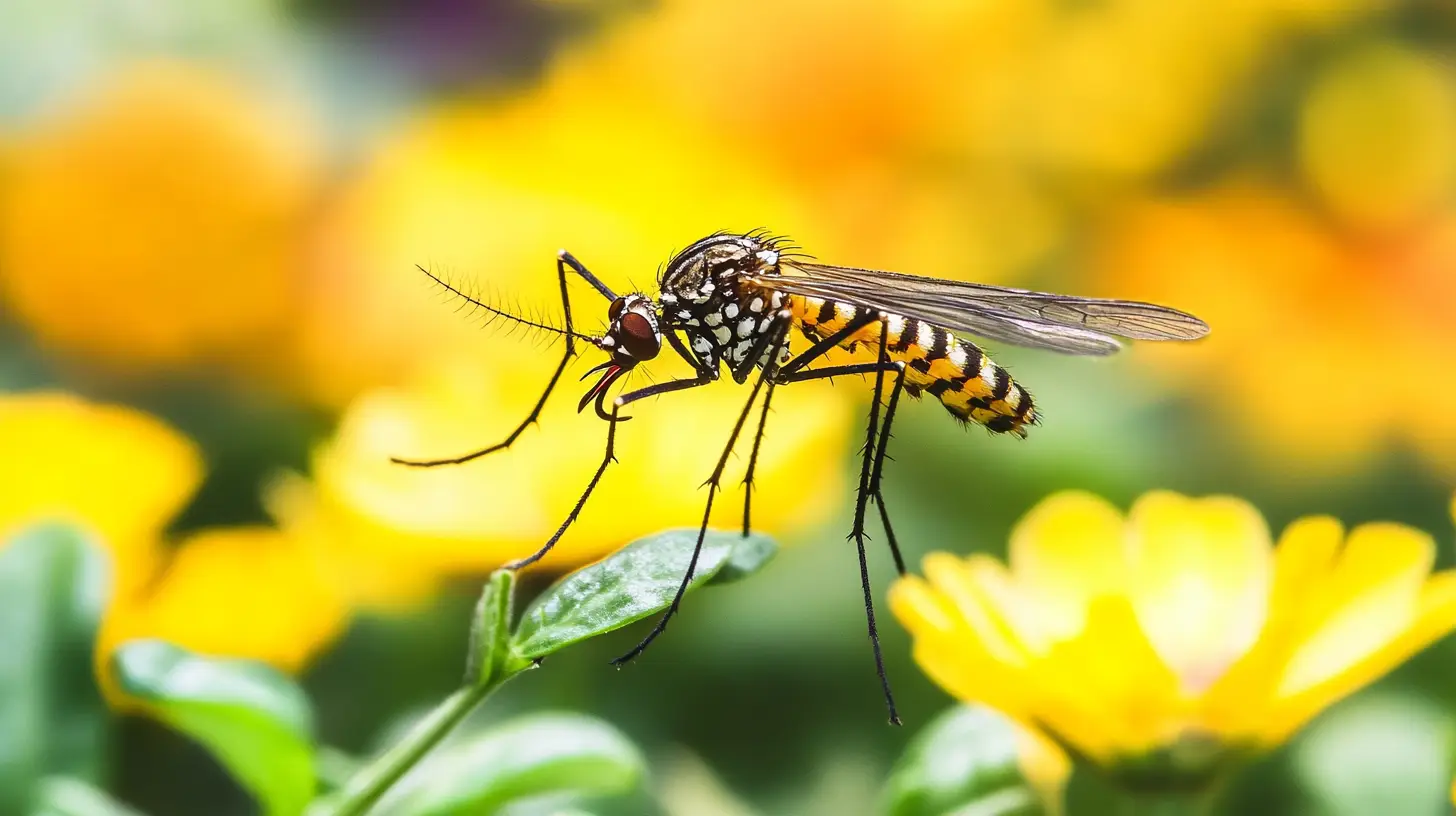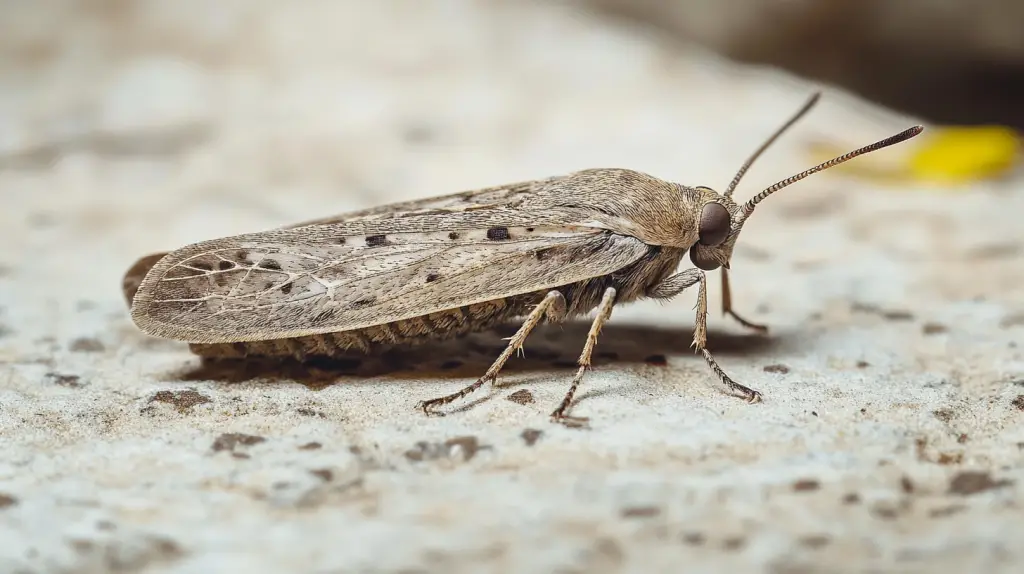
Table of Contents
You’ve opened your pantry only to find tiny moths fluttering around and webs in your food containers. It’s frustrating, but you’re not alone. Pantry moths, also known as Indian meal moths, are a common household pest that can wreak havoc on your stored food.
Getting rid of these unwelcome guests might seem daunting, but with the right approach, you can reclaim your kitchen. In this guide, you’ll learn effective strategies to get rid of pantry moths and prevent future infestations, ensuring your food remains safe and your pantry stays pest-free.
Key Takeaways
- Identify Pantry Pests: Recognizing different pantry pests, such as sawtoothed grain beetles, cigarette beetles, and pantry moths, is crucial for effective management.
- Understand Attraction Factors: Pantry bugs are drawn to food sources, high humidity, and unclean spaces. Properly storing food and maintaining a clean pantry can significantly reduce infestations.
- Clean and Store Properly: Regular pantry cleaning and using airtight containers for grains, cereals, and dried fruits can prevent pests from thriving.
- Natural and Preventive Measures: Employ natural repellents like bay leaves, inspect new food purchases for infestations, and use dehumidifiers to lower humidity levels, making your pantry less hospitable for pests.
- Professional Help: For severe or persistent infestations, consulting a professional exterminator can provide long-term solutions and ensure your pantry remains pest-free.
Pantry Bug Identification
Accurately identifying pantry bugs is crucial in managing and eliminating infestations effectively. Different types of bugs can infest your pantry, each requiring unique strategies for removal.
Sawtoothed Grain Beetle
Sawtoothed grain beetles are small, flat insects about 1/10 inch long. They have a distinguishing characteristic of six saw-like tooth projections on each side of the thorax. You’ll typically find them in products like cereals, bran, flour, and other stored grain products.
Cigarette Beetles
Cigarette beetles are slightly oval-shaped, reddish-brown insects about 1/10 inch long. They infest various dried products, including tobacco, spices, dried fruits, and cereals. You might notice their larvae inside food packages.
Drugstore Beetles
Drugstore beetles resemble cigarette beetles in size and color. But, they have distinct longitudinal grooves on their wing covers. These pests infest a variety of stored products, such as nuts, spices, grains, and even pharmaceuticals.
Rice Weevils
Rice weevils are small beetles, around 1/8 inch long, with a distinctive snout. They are dark brown with four light red or yellow marks on their wing covers. You’ll find them primarily in grains like rice, wheat, and corn.
Merchant Grain Beetles
Merchant grain beetles look similar to sawtoothed grain beetles but are slightly smaller. They have a flattened body shape with six saw-like teeth on each side of the thorax. These beetles often infest cereals, cake mixes, macaroni, and nuts.
Granary Weevils
Granary weevils are similar to rice weevils but lack the light marks on their wing covers. They are usually found in whole grains like wheat, oats, barley, and corn. They are reddish-brown and have a prominent snout.
Flour Beetles
Flour beetles, red and confused species, are small, oval, and reddish-brown. The red flour beetle has slightly clubbed antennae, while the confused flour beetle doesn’t. These beetles are notorious for infesting flour, cereals, and processed grains.
By understanding the exact types of pantry pests, you can target the infestation more effectively and keep your pantry pest-free.
What Attracts Pantry Bugs?
Pantry bugs like moths and beetles are drawn to food sources. Specifically, pantry moths often infest grains, cereals, flour, and dried fruits. Their biological makeup enables them to detect food through pheromones and odors. You might find tiny moths in your house if your pantry items are not stored in airtight containers.
Humidity plays a important role in attracting these pests. High moisture levels create ideal breeding conditions. Lakewood Ranch’s humid climate can exacerbate this problem. Keeping your pantry dry and well-ventilated helps deter pests.
Unclean spaces can also invite pantry bugs. Food crumbs and spills are easy targets. Regular cleaning and proper storage methods are essential to prevent infestations and secure your food supplies.
Understanding the attraction points benefits not only households but also local agriculture. Infestations can impact stored crops, leading to economic losses. As a resident, your vigilance helps maintain community health and agricultural integrity.
Tips for Eliminating Pantry Bugs
Maintaining a bug-free pantry requires consistent and exact actions. Here are effective strategies to help you combat pantry pests.
Clean Your Pantry Regularly
Regular cleaning eliminates food debris, a primary attraction for pantry pests. Ensure you vacuum shelves, corners, and behind containers. Removing crumbs and spills deprives pests of food sources.
Store Food Properly
Use airtight containers to store grains, flour, cereals, and dried fruits. This deprives pantry moths and other pests of their food supply. Glass, metal, or heavy-duty plastic containers are best, as they prevent pests from gaining access.
Inspect New Purchases
Examine grocery items before bringing them into your pantry. Look for signs of infestation like holes in packaging, larvae, or webbing. This step helps prevent introducing pests to your existing food supply.
Use Natural Repellents
Bay leaves and clove sachets can deter pantry bugs. Place them inside cupboards and storage containers. These natural repellents emit strong scents that many pests avoid, providing a non-toxic defense mechanism.
Lower Humidity Levels
Pantry moths thrive in humid environments. Use a dehumidifier or air conditioner to keep humidity levels low in your pantry. Lakewood Ranch’s humid climate makes this step crucial for effective pest control.
Freeze Infected Items
If you find signs of infestation in particular food items, freeze them for at least four days. Freezing kills pantry moth eggs and larvae, ensuring they don’t spread further.
Apply Pantry Moth Spray
In severe cases, use a pantry moth spray. Opt for a product safe for use around food. Always follow the manufacturer’s instructions for safe application to maximize effectiveness and minimize risks.
Pantry Bug Prevention
Dealing with pantry moths and other pantry pests doesn’t have to be a challenging job. By implementing the strategies discussed, you can maintain a clean and pest-free kitchen. Regular cleaning, proper storage, and humidity control are key to preventing infestations. Don’t forget to inspect new groceries and use natural repellents to keep these pests at bay.
Taking proactive measures not only protects your food but also contributes to a healthier home environment. If you encounter persistent issues, seek professional help to ensure your pantry remains pest-free. With these tips, you’ll be well-equipped to tackle any pantry bug problem with confidence.
Frequently Asked Questions (FAQs)
What are pantry moths?
Pantry moths, also known as Indian meal moths, are common pests that infest stored food items like grains, cereals, flour, and dried fruits. They can be quite a nuisance in households.
How can I identify pantry moths compared to other pantry pests?
Pantry moths have a distinctive appearance with reddish-brown wings. To differentiate them from other pests, you should also look for sawtoothed grain beetles, cigarette beetles, rice weevils, and flour beetles, each with unique characteristics and varying food preferences.
What attracts pantry moths to my pantry?
Pantry moths are attracted to food sources such as grains, cereals, flour, and dried fruits. They are also drawn by food odors and pheromones. Humidity and unclean spaces with food crumbs can further encourage infestations.
How can I prevent pantry moth infestations?
To prevent infestations, store food in airtight containers, keep your pantry dry and well-ventilated, and maintain regular cleaning to remove food debris. Inspect new grocery items for any signs of pests before adding them to your pantry.
What natural repellents can I use to deter pantry moths?
Bay leaves and clove sachets can act as natural repellents. Placing them in your pantry can help deter pantry moths and other pests.
What should I do if I find an infestation?
If you find an infestation, remove and dispose of affected items, thoroughly clean your pantry, and consider freezing infected items for a few days to kill eggs and larvae. In severe cases, you might need to use pantry moth sprays or consult a professional exterminator.
Can humidity affect pantry moth infestations?
Yes, high humidity levels can attract pantry moths. Keeping your pantry dry and well-ventilated can help mitigate the risk of infestation, especially in humid climates like Lakewood Ranch.
Why is it important to store food in airtight containers?
Storing food in airtight containers prevents pantry moths and other pests from accessing the food. It also helps keep food fresher for longer and reduces the risk of infestation.

